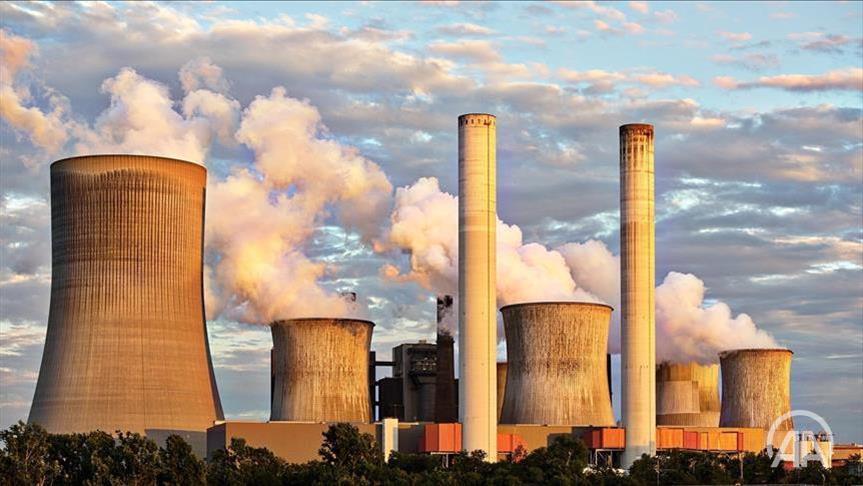The global energy crisis, driven by unprecedented natural gas demand, supply imbalances and price shocks, has led some countries to switch from gas to coal for electricity generation, heightening the risk of carbon emission increases.
According to the International Energy Agency (IEA), the broad natural gas price increases, which hit €160 per megawatt in the Dutch TTF, eroded the cost-competitive position of gas-fired power plants against coal-based generation during the third quarter of this year.
This resulted in substantial gas-to-coal switching in the European power sector despite strong gains in carbon prices. While coal-based generation rose by close to 15%, gas-fired power output plummeted by over 12% year-on-year during the third quarter.
Carbon prices also reached record levels of up to €65 per tonne last month.
The world's biggest energy consumer, China, meets 60.8% of its electricity generation from coal.
The growing share of coal in China's electricity generation to meet increasing demand, which was up by 13% during the January-August period this year compared to the same period last year, added to concerns that carbon emissions would rise by more than expected.
Global carbon emissions between January and August are already 1% lower than emission levels of the same period in 2019.
The IEA said in a report in April this year that global carbon emissions would show the second-largest growth in history this year, reversing much of the record decline in 2020 as a result of measures taken against the spread of the COVID-19 pandemic worldwide.
Global carbon emissions dropped by a record 5.8%, or almost 2 billion tonnes of CO2 in 2020 compared to peak levels seen in 2019.
This is the required emissions reduction to be able to meet the Paris Agreement targets to limit global warming to 1.5°C.
Global carbon dioxide emissions from power, transport, industry and buildings peaked in 2019 at 31.9 gigatonnes of CO2 equivalent.
The IEA forecasted that as economies recover from the impacts of the COVID-19 pandemic, this year's carbon emissions would be lower only by 1.2% compared to 2019 levels.
According to Carbon Monitor data, global carbon emissions between January and August this year are already 1% lower than emission levels of the same period in 2019.
Global carbon emissions increased by around 7% during the January and August 2021 period compared to the same period last year.
The increasing share of coal in electricity generation threatens carbon reduction targets and efforts to tackle climate change as the United Nations Climate Change Conference (COP26) in Glasgow, Scotland nears, and the momentum for reaching net-zero accelerates.
However, concerns over the possible increase in the use of fossil fuels continue while supply falls short of growing demand.
Weather conditions are expected to be one of the main upcoming factors in demand growth and supply shortages, which will also impact fossil fuel use and carbon emissions.
By Nuran Erkul Kaya
Anadolu Agency
energy@aa.com.tr


